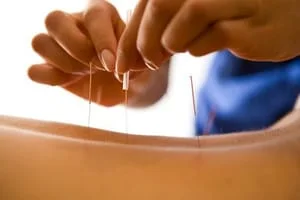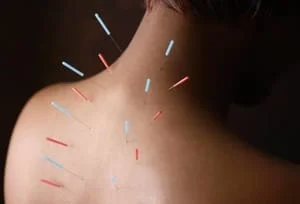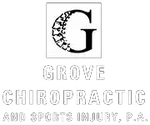What is Acupuncture?
The art of acupuncture originated in China over 2,000 years ago, making it one of the long-established and frequently used treatments the world over.

The Chinese explain that there are channels of energy that run in common patterns both through and all over the surface of the body. These channels are called meridians, and are similar to rivers, flowing through the body to flush out and care for the tissues. When an obstruction prevents movement of these rivers, it’s similar to a dam that backs up.
It’s possible to influence the meridians by inserting needles at various acupuncture points; the needles then unblock the obstructions and restore the normal flow through the meridians once more. Receiving acupuncture treatments can help your internal organs to repair imbalances in digestion, absorption, and energy production, as well as in the circulation of energy that flows through the meridians.

An acupuncture needle is made of solid metal, and is extremely thin, about the width of a hair. Not all people experience acupuncture in the same way, but most people feel very little pain as the needles are inserted. Some people will feel full of energy when receiving treatment, while others may feel very mellow and calm. When needles are not placed correctly, the patient moves, or in the case of a deformity in the needle, patients can experience soreness and even pain during the procedure. This is the most important reason why you should only use an experienced acupuncturist to perform your procedure.
Promising results have come about, showing the productiveness of acupuncture, for instance, in postoperative adult patients, reducing chemotherapy nausea and vomiting, and in postoperative dental pain.
There are quite a few other situations where acupuncture may be useful as an alternative or adjunct treatment, such as in cases of headache, menstrual cramps, tennis elbow, fibromyalgia, myofascial pain, osteoarthritis, low back pain, and carpal tunnel syndrome. Recently, an NCCAM funded study revealed that acupuncture provides pain relief, helps improve function for people that are suffering from osteoarthritis in their knees, and can be an effective compliment to standard forms of medicine.
Acupuncture’s improved energy and biochemical balance results in prompting physical as well as emotional well being.
Acupuncture can help with:
- Nerve Pain and Muscle Pain
- Activate the body’s own healing system by stimulating the affected area to produce anti-inflammatory proteins that specializes in eliminating nerve and muscle pain.
- Activate circulation and eliminate Osteoarthritis and joint pain
